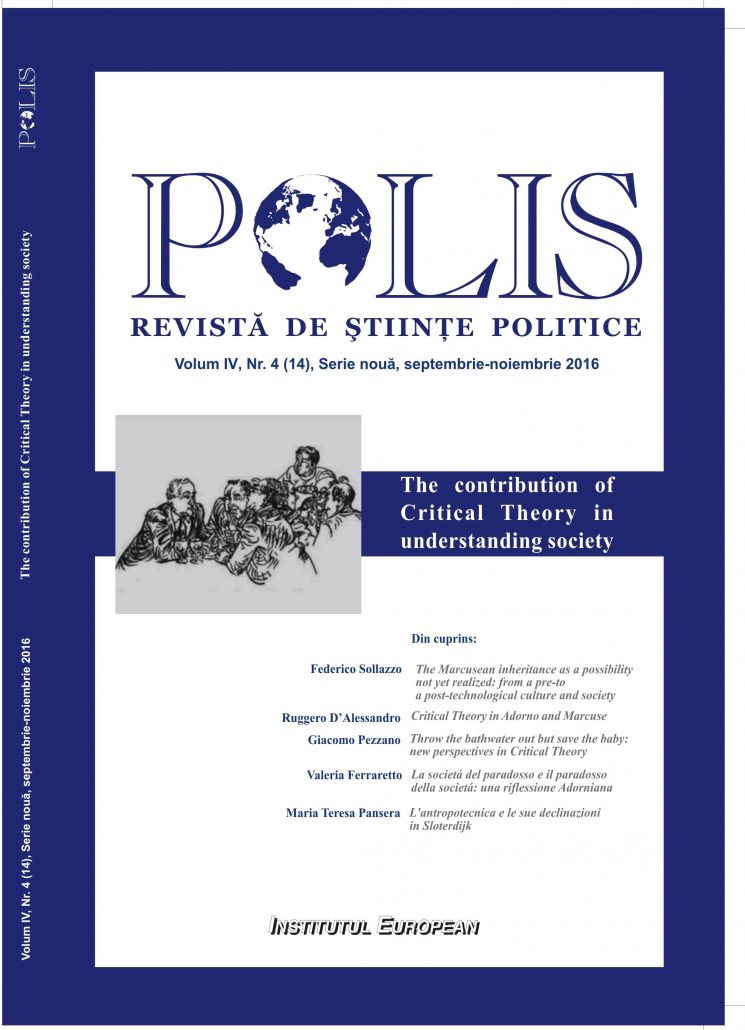
Susan Leigh-Foster’s Choreographing Empathy and by José Gil and André Lepecki’s “Paradoxical Body” – both contributions to contemporary theoretical discourse on the dancing body as a thinking body – provide further interesting junctions within this discourse that can help us to reevaluate the term mimesis for/in dance. In dance, on other cultic occasions, such imitation could be produced, such similarity dealt with.” Ĭontinuing the search for a term that could enable a further understanding of the dancing/thinking body, applying another reading of theoretical texts leads back to our starting point of contemporary dance, that is, to a contemporary examination of dance and those actually performing it. As Benjamin writes: “We must assume in principal that in the remote past the processes considered imitable included those in the sky. What Benjamin sees as the ancient, magical essence of dance constitutes a desire to create similarities through a process of mimesis that even includes the mimetic processing of what we would call the a-human. The magical function of dance could be the junction that will bring us closer to the chance to develop a new attribute for the term mimesis in relation to dance. This kind of an ‘improper’ language, which represents a mimesis that performs connections between objects of “nonsensuous similarity” is taken by him to be the oldest function dance can possess. Understood in this way, dance is a virtual medium with the “ phylogenetic significance of the mimetic faculty.” īenjamin’s approach to dance, when applying his understanding of mimesis to it (before moving his focus to language as part of the mimetic faculty), suggests us also to think of dance as an ancient pre-language. His essay “On the Mimetic Faculty” provides us with just a small hint of the mimetic potential inherent to dance, but these references are enough to open our minds up to the trace of the magical character of this specific mimetic quality, as Benjamin describes it. But by focusing on that promising other quality that the term bears, the path could lead to a writer we would not initially associate with the field of dance: Walter Benjamin. Maybe this search could depart from another term that is more likely to be familiar from the context of theater than specific to the field of dance: mimesis.Īt first glance, this turn toward the concept of mimesis seems to lack motivation, since it usually merely connotes imitation.

įollowing on from this confrontation with the question of how it might be possible to actually grasp the dancing body’s specific mode of thinking, the search for an understanding that might add another quality to analyses like this could lead beyond the term of proprioception that Caspersen refers to. We have the sense that our proprioceptive field has expanded to include the space that our bodies do not actually occupy. This ability of the body to create an internal image of itself also allows for the possibility that the body can create an image of itself where it does not exist. Taking in information within this sphere involves sensing the body where it cannot be seen, you cannot see your shoulder blade, but you can sense where it is in space and in relationship to the rest of your body. The kinesphere is the space that the body’s movement occupies.

In this essay, the author asks herself this question and tries to demonstrate how the body thinks:ĭancers develop a very keen proprioceptive ability that enables them both to sense and to imagine their bodies with a high degree of exactness. “The body is thinking” : This proposition, which seems to represent one major postulate of contemporary theoretical dance discourse, is also the title and subject of an essay written by former Forsythe Company member Dana Caspersen.


 0 kommentar(er)
0 kommentar(er)
